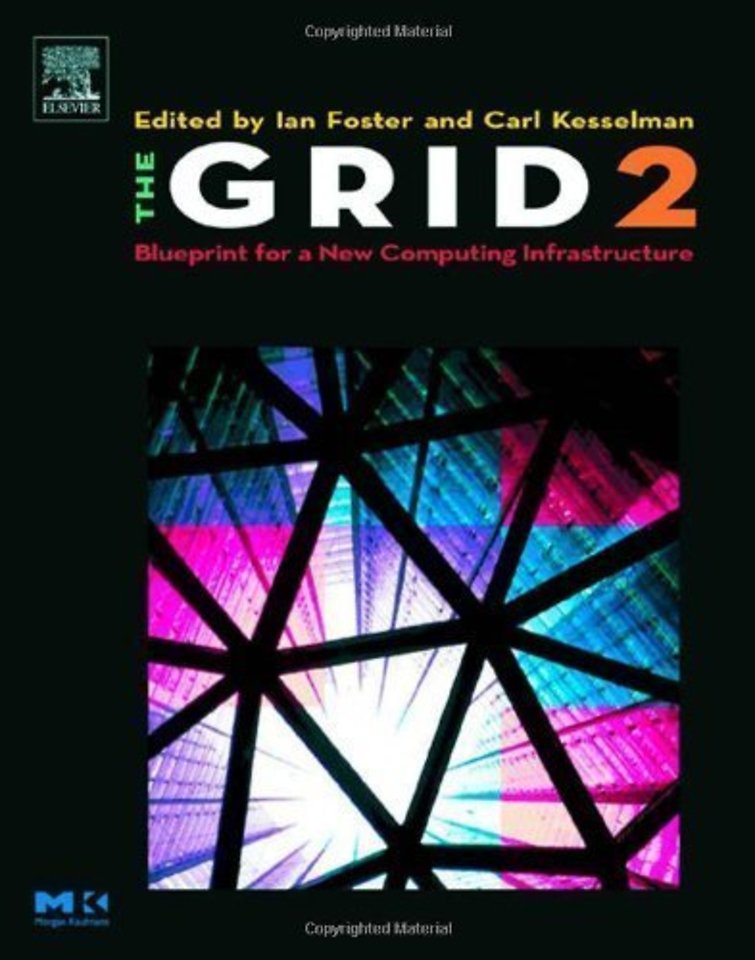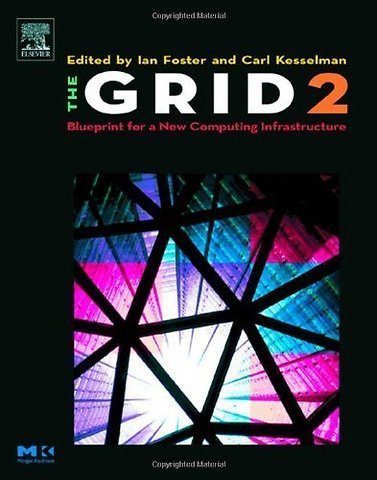The Grid 2
Blueprint for a New Computing Infrastructure
Gebonden Engels 2003 9781558609334Samenvatting
"The Grid is an emerging infrastructure that will fundamentally change the way we think about-and use-computing. The word Grid is used by analogy with the electric power grid, which provides pervasive access to electricity and has had a dramatic impact on human capabilities and society. Many believe that by allowing all components of our information technology infrastructure-computational capabilities, databases, sensors, and people-to be shared flexibly as true collaborative tools the Grid will have a similar transforming effect, allowing new classes of applications to emerge." --From the Preface
In 1998, Ian Foster and Carl Kesselman introduced a whole new concept in computing with the first edition of this book. Today there is a broader and deeper understanding of the nature of the opportunities offered by Grid computing and the technologies needed to realize those opportunities. In Grid 2, the editors reveal the revolutionary impact of large-scale resource sharing and virtualization within science and industry, the intimate relationships between organization and resource sharing structures and the new technologies required to enable secure, reliable, and efficient resource sharing on large scale.
Foster and Kesselman have once again assembled a team of experts to present an up-to-date view of Grids that reports on real experiences and explains the available technologies and new technologies emerging from labs, companies and standards bodies. Grid 2, like its predecessor, serves as a manifesto, design blueprint, user guide and research agenda for future Grid systems.
Specificaties
Lezersrecensies
Inhoudsopgave
Rubrieken
- advisering
- algemeen management
- coaching en trainen
- communicatie en media
- economie
- financieel management
- inkoop en logistiek
- internet en social media
- it-management / ict
- juridisch
- leiderschap
- marketing
- mens en maatschappij
- non-profit
- ondernemen
- organisatiekunde
- personal finance
- personeelsmanagement
- persoonlijke effectiviteit
- projectmanagement
- psychologie
- reclame en verkoop
- strategisch management
- verandermanagement
- werk en loopbaan

